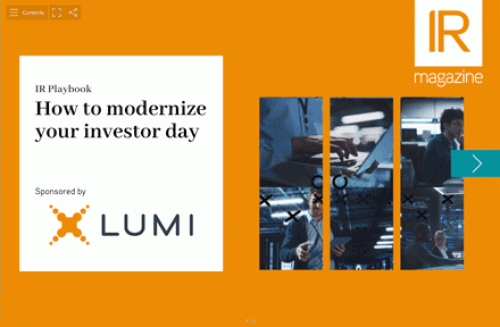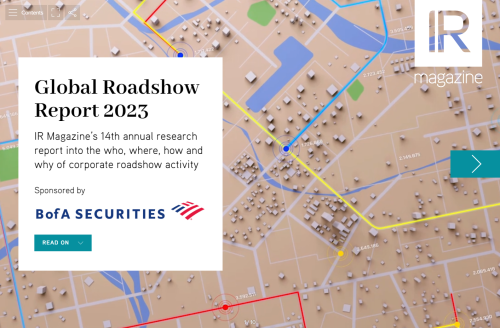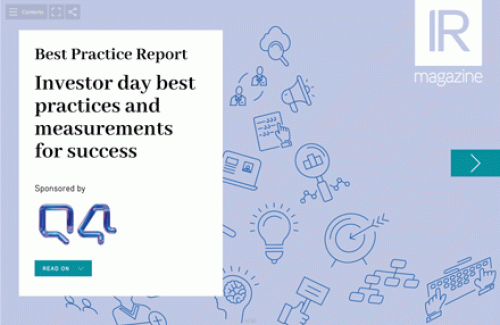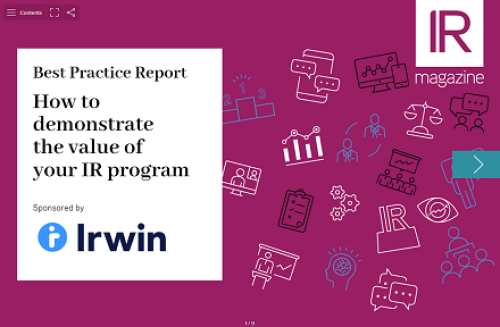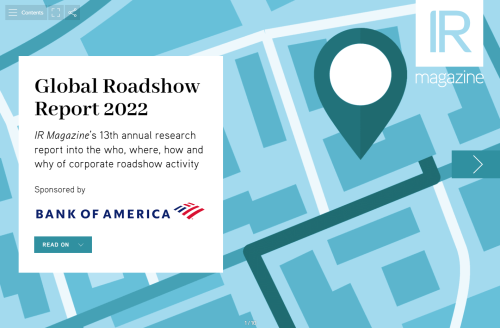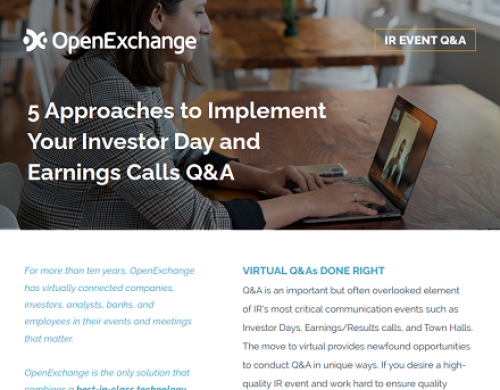Deutsche EuroShop’s Patrick Kiss has come up with a unique system for picking which brokers to travel with, reports Tim Human
It’s a question IROs spend plenty of time mulling over: how to select which brokers to go on the road with. For mid and large-cap companies in particular, the pressure for time from all the sell-side firms out there can be intense.
This situation led Patrick Kiss, head of IR and public relations at Deutsche EuroShop, to develop his own system for ranking the brokers he travels with, taking into account a range of factors. The ranking is then used to determine which brokers are selected for the following year’s itinerary.  Top-ranked sell-side firms get their pick of where to take Deutsche EuroShop, which invests in shopping centers and is listed on the Frankfurt Stock Exchange, during the next calendar year. London and Zürich are among the favorite locations, says Kiss. Second tier firms get a roadshow, too, but in this case the company stipulates the destination. Those ranked near the bottom are politely informed their services are not required for the next 12 months.
Top-ranked sell-side firms get their pick of where to take Deutsche EuroShop, which invests in shopping centers and is listed on the Frankfurt Stock Exchange, during the next calendar year. London and Zürich are among the favorite locations, says Kiss. Second tier firms get a roadshow, too, but in this case the company stipulates the destination. Those ranked near the bottom are politely informed their services are not required for the next 12 months.
All the brokers that take Deutsche EuroShop on the road are aware of the system, so they can’t complain if they lose out following a bad experience, notes Kiss. ‘It’s especially hard to explain it to banks if they have a new sales person starting,’ he says. ‘We have to say, Your colleague from the past didn’t do it so well, so you need to wait for another year. Then you get a new chance for your bank.’
Buy-side inspiration
The idea came from the way buy-side houses rate the brokers they work with. Investors vote internally for different sell-side companies based on the quality of service they provide, looking at areas such as research, corporate access and execution. Kiss realized a similar system could be used to rank brokers from the corporate perspective.
Analysts expect to be treated well by IR divisions, says Kiss, so this system offers a way for companies to push for a similarly high level of service. ‘It’s our feedback instrument for analysts,’ he explains. ‘So if we are not treated well – like they want to be treated – the grade is not that good.’
Kiss, who began using the system in 2008, says the same group of smaller banks usually occupies the top spaces. ‘The big banks don’t serve us with this quality like the smaller houses do,’ he notes. It was a larger bank, however, that picked up the first ever perfect score in 2011, hitting top marks in every category. ‘From beginning to end, it was a perfect set-up,’ Kiss recalls.
Brokers are ranked in five different areas: pre-marketing, entourage (whether the analyst or salesperson knows the investor well), research, organization and feedback. Different weightings are attached to each of the criteria, depending on their importance, with gradings running from one for excellent to six for failure.
A screen shot of part of Patrick Kiss' broker spreadsheet
For Kiss, a firm’s research output is the most important factor of the five, so that is weighted at 35 percent. The second and third most important areas are organization and entourage, weighted at 25 percent and 20 percent, respectively. Feedback and pre-marketing come last, weighted at 10 percent each.
If a bank works with the company on more than one roadshow or conference during the year, its scores are averaged – so if one roadshow goes very wrong, the broker could still pull up its ranking by the end of the year, assuming it gets another chance to impress.
On one occasion, Deutsche EuroShop skipped a broker’s conference because the firm had messed up previously, even though Deutsche knew it would miss a great event as a result.
‘We punished the broker with our absence from the conference,’ explains Kiss. ‘It was also a punishment for us, however, because this conference is so good.’ Needless to say, Deutsche EuroShop was back at the conference the following year.
Crunch time comes in November, when Deutsche EuroShop plans its itinerary for the next year. Kiss and his team sit down and work out all the destinations they’d like to visit over the coming 12 months. They also decide which members of management and IR will travel on each trip. Then they just sit back and wait for the brokers to start ringing with requests for roadshow time. It’s at this point each sell-side firm learns its fate.
This article appeared in the October print edition of IR magazine.

